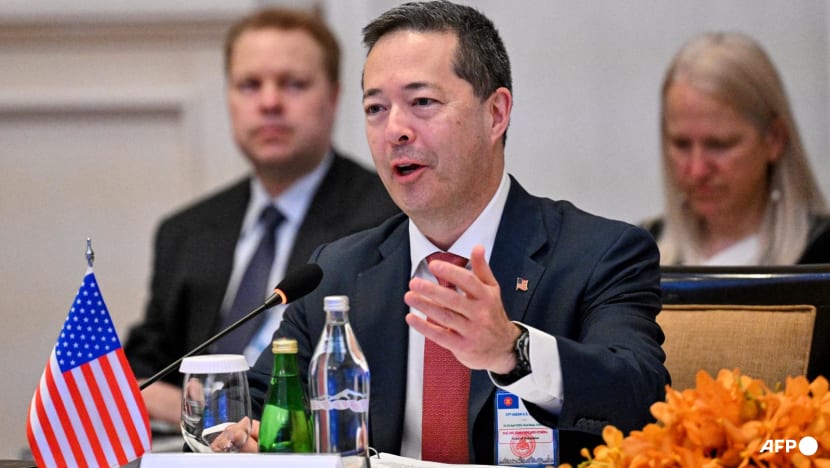Navigating Southeast Asian Tensions: A Look at Thailand’s Border Conflicts and US Relations
The recent border clashes between Thailand and Cambodia highlight the fragility of peace in Southeast Asia and underscore the complexities of US foreign policy in the region. Sean O’Neill, President Trump’s nominee for US Ambassador to Thailand, offered insights into this volatile situation during his Senate confirmation hearing, outlining a potential path forward.
The Impact of Conflict on Thailand’s Alliances
A Costly Conflict: Human and Economic Losses
O’Neill’s testimony emphasized the detrimental effects of the Thailand-Cambodia border skirmishes, which resulted in at least 43 deaths and the displacement of over 300,000 people. He forcefully stated that such conflicts are not only a tragic waste of human life but also severely undermine Thailand’s relationship with the United States. This point is crucial given Thailand’s status as one of America’s few treaty allies in Asia. The protracted conflict actively weakens this vital alliance and hinders the progress on shared challenges.
O’Neill’s Proposed Approach: Prioritizing Peace and Stability
If confirmed as ambassador, O’Neill intends to directly address the Thai government, highlighting the counterproductive nature of these conflicts. He plans to emphasize that escalating tensions do nothing to benefit the Thai people or strengthen the US-Thai alliance. Instead, such actions only serve to divert resources and impede progress on critical issues facing both nations. This direct approach underscores the urgency of de-escalation and the importance of a lasting peace.
Beyond the Immediate Crisis: Long-Term Solutions for Regional Stability
The recent ceasefire, brokered following intervention from President Trump, provides a crucial opportunity to address the root causes of the conflict. Experts, such as Vikram Nehru, senior fellow at the Foreign Policy Institute, Johns Hopkins University, advocate for a multi-faceted approach to achieving lasting peace.

Addressing the Core Issues: Border Demarcation and Confidence-Building
Nehru identifies three key challenges that must be addressed to ensure a sustainable resolution. First, a clear and mutually agreed-upon border demarcation is paramount. This has long been a source of contention, and its resolution is essential for long-term stability. Secondly, establishing robust mechanisms for monitoring the ceasefire and promoting confidence-building measures is crucial. This requires transparency and cooperation between both countries. Finally, fostering greater economic integration and investment across the border can create shared incentives for peace, making a lasting agreement more beneficial for both Thailand and Cambodia.
The Broader Regional Context: Economic Growth and Security
Nehru rightly points out that stability and peace in Southeast Asia are fundamental to its economic prosperity. Any significant escalation of conflicts, such as the recent border skirmishes, risks destabilizing the region and jeopardizing the substantial economic growth achieved in recent decades. Maintaining peace and security is, therefore, not just a diplomatic priority but also essential for the continued economic advancement of the entire region.
Myanmar’s Influence and the Path to Lasting Peace
The situation is further complicated by Thailand’s relationship with Myanmar. O’Neill has explicitly stated that the US State Department opposes Thailand lending legitimacy to the Myanmar military government and its plans for elections. He plans to urge Thailand not to recognize an election that excludes a significant portion of the population and political opposition, emphasizing the importance of inclusive governance in Myanmar. This aspect highlights the interconnected nature of regional stability and the need for comprehensive approaches to resolving conflicts. The international community’s approach to Myanmar’s internal affairs clearly has significant repercussions for regional peace and security.















![[VDO] What evidence does Thailand have to claim Tamoan Thom Temple as its own? 24 What evidence does Thailand have to claim Tamoan Thom Temple as its own](https://hothotnews.com/wp-content/uploads/2025/06/What-evidence-does-Thailand-have-to-claim-Tamoan-Thom-Temple-as-its-own-e1751463052220.jpg)


